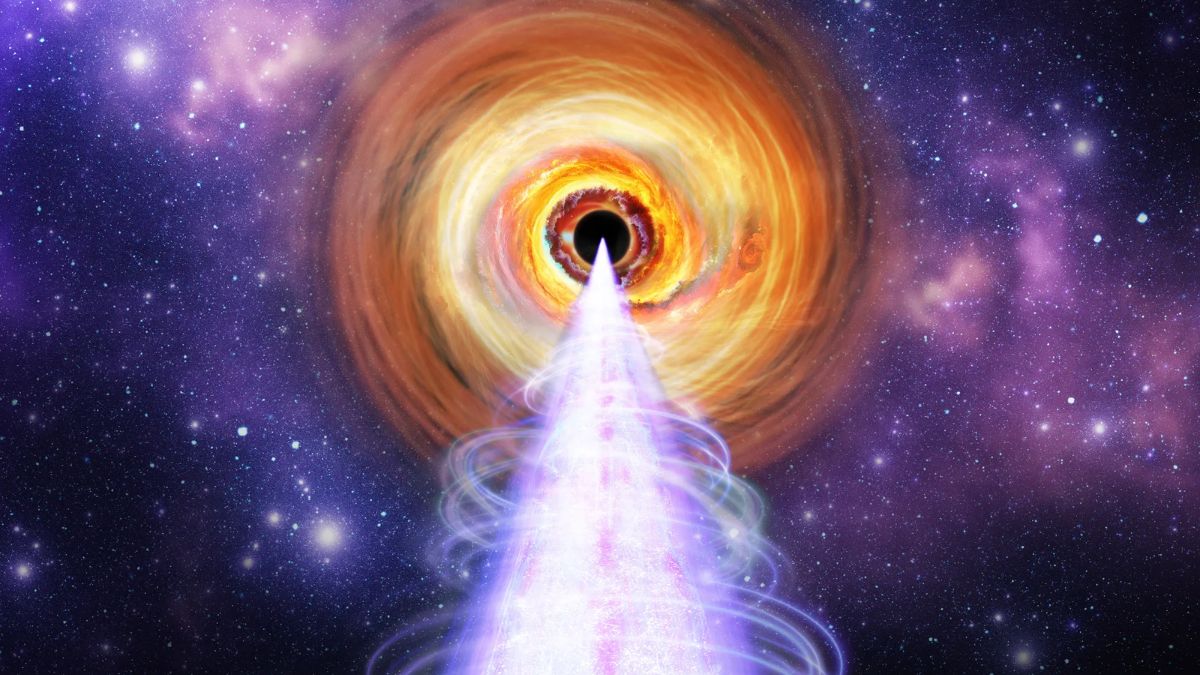
The blazar BL Lacertae, a giant black hole with jets, facing the earth, have made scientists curious about how X-rays are generated in such extreme conditions for a while. NASA’s Imaging X-ray Polarimetry Explorer or IXPE now might have been able to solve the mystery. By a collaboration with radio and optical telescopes and using polarisation measurements of X-ray, IXPE’s produced results indicates that the interaction between fast-moving electrons and photons might be the reason for X-ray emission in such conditions.
Evidence of Compton Scattering
According to the IXPE’s findings, high optical to X-ray polarization ratio indicates that Compton scattering might be the mechanism of X-ray generation. There are two possible and competing explanations of X-ray emission in blazar jets. One saying if the X-rays in the black hole jets are highly polarised, then the X-rays are generated from interactions between photons while the other says a low polarisation indicates X-ray formation by electron-photon interaction.
Leveraging IXPE’s unique X-ray polarisation measuring ability, scientists conducted a focused observation on BL Lac in November 2023. During this period, BL Lac’s optical polarization peaked at 47.5%, the highest recorded for any blazar. Yet IXPE found the X-ray polarization to be much lower, capped at 7.6%. This contrast supports the Compton scattering and possibly irradicates the photon-based explanation.
Milestone for blazar studies
“This was one of the biggest mysteries about supermassive black hole jets,” said Iván Agudo, lead author of the study and astronomer at the Instituto de Astrofísica de Andalucía – CSIC in Spain. The discovery validates IXPE’s mission, launched in December 2021 to study X-ray polarization.
Astrophysicist Enrico Costa, called it one of IXPE’s most significant achievements. Yet, this is just the beginning. Project scientist Steven Ehlert noted the need to observe more blazars, as their emissions vary over time. With IXPE, astronomers are now better equipped to explore these powerful cosmic jets.
